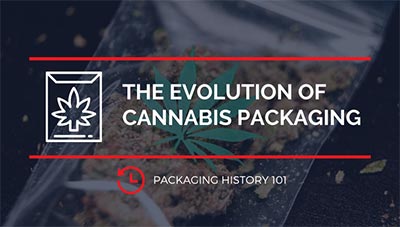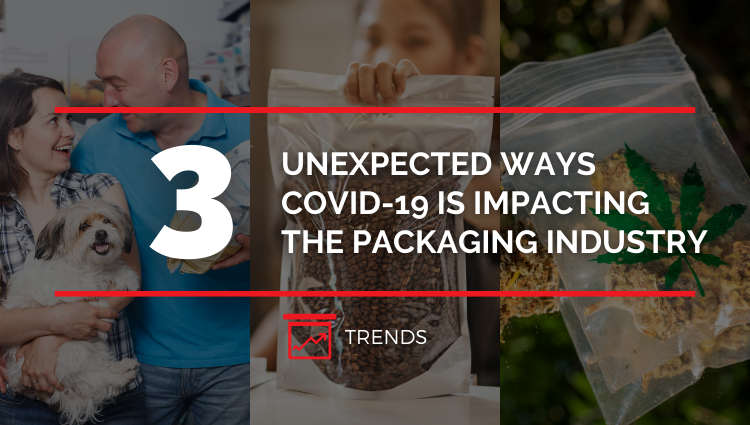Do You and Your Pet Have Similar Diets? 5 Pet Food Trends That Say Yes
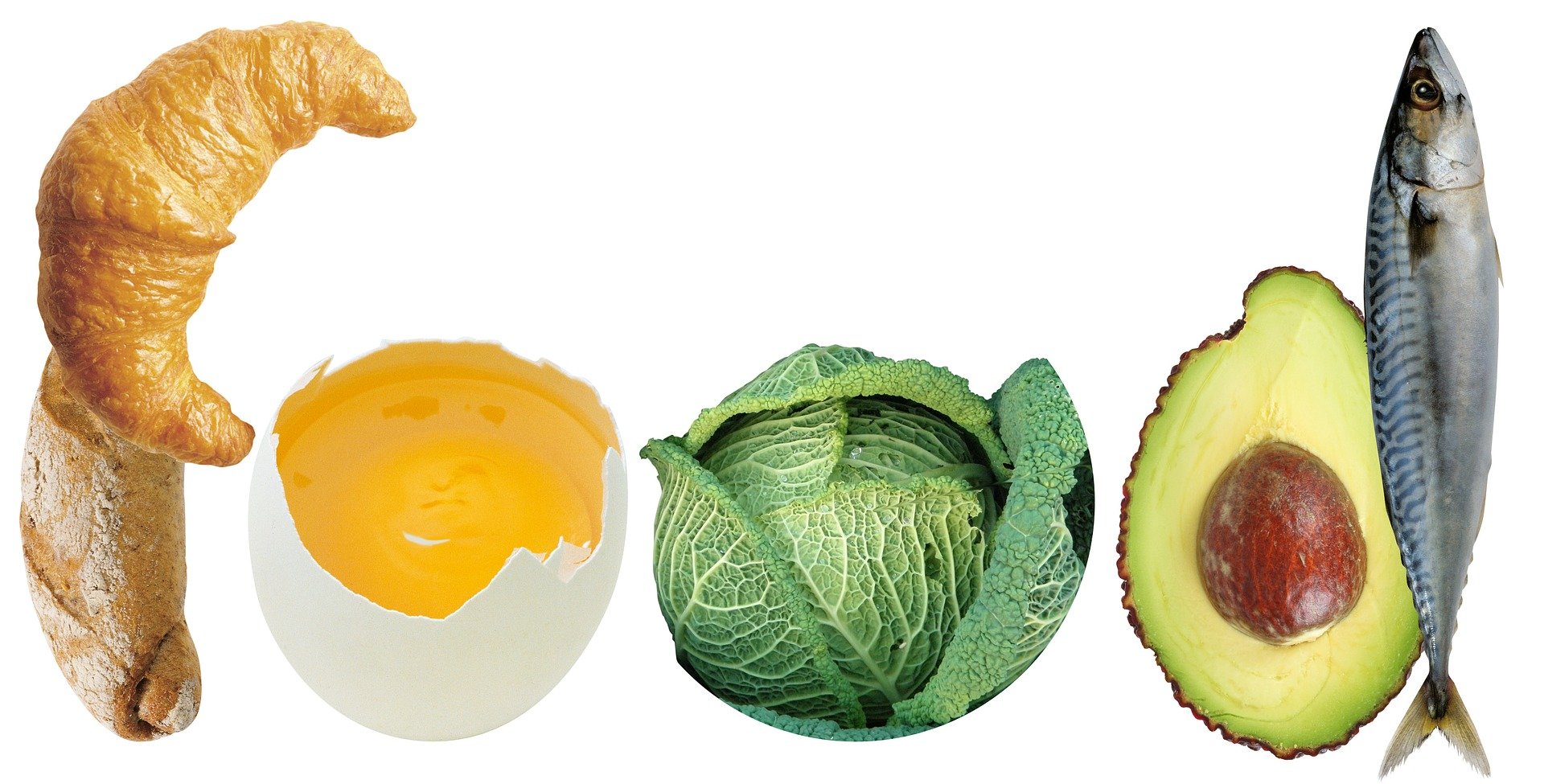 When we think of the latest food trends, words like organic, natural, non-GMO, gluten free, and the like come to mind. Consumers today desire "clean" food products that have a short list of ingredients that are easy to pronounce. As pet parents become increasingly concerned for their own health as it relates to what is in their food, these concerns also affect the foods they buy their furry friends. Pet Food Industry magazine compiled 10 human food trends in 2016 that are spilling over into the pet food industry. Today we're highlighting our top 5, in no particular order:
When we think of the latest food trends, words like organic, natural, non-GMO, gluten free, and the like come to mind. Consumers today desire "clean" food products that have a short list of ingredients that are easy to pronounce. As pet parents become increasingly concerned for their own health as it relates to what is in their food, these concerns also affect the foods they buy their furry friends. Pet Food Industry magazine compiled 10 human food trends in 2016 that are spilling over into the pet food industry. Today we're highlighting our top 5, in no particular order:
1. Descriptive Flavors and New Textures
Humans. Flavor profiles of things like coffee, seasonings, and sauces have become more complex, specific, and descriptive. Gone are the days of buying "the red sauce in the jar" for pasta night. Today we buy the product in the convenient recloseable premade pouch with a name like "sun-dried heirloom tomato sauce with black garlic." Our expectations of food manufacturers are higher and more complex in the ingredient department.
Pets. As we reported in a previous blog post, freeze-dried pet food is hot right now. Pet Food Industry magazine reported that mixing textures like freeze-dried pet food and kibble is becoming more prevalent. No longer just looking for "chicken flavor", pet parents prefer descriptions like "roasted chicken with brown rice and vegetables." Increasingly we choose pet food products with ingredients that are attractive to our own personal tastes.
2. Protein is King
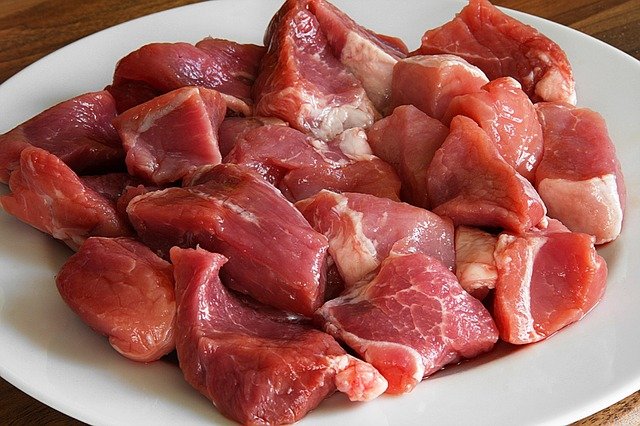 Humans. Protein shakes and supplements dominate the athletic and fitness industries. Family dinners are increasingly focused on a main protein source like chicken instead of carbohydrates like pasta or bread. Even foods like cereal or bars that normally are not natural sources of protein are being enriched.
Humans. Protein shakes and supplements dominate the athletic and fitness industries. Family dinners are increasingly focused on a main protein source like chicken instead of carbohydrates like pasta or bread. Even foods like cereal or bars that normally are not natural sources of protein are being enriched.
Pets. Meat is becoming the number one ingredient in many pet food formulas. Diets closely matching what pets' ancestors would have eaten in the wild are popular. We're also seeing novel protein sources like "insects (cricket meal) and exotic proteins such as alligator, kangaroo and green-lipped mussels showing up in both complete diets and treats," comments Pet Food Industry blogger Debbie Phillips-Donaldson.
3. Ingredient Origin Tracing
Humans. There are now apps and websites that allow us to trace exactly where our coffee came from. We are interested in the origins of our chosen food and drink, and it often becomes a moral issue. Is this product fair trade? Are its labor practices exploitative? Values-based consumer behavior is only increasing, and companies are changing their product formulas and marketing to respect that.
 Pets. With the pet food recalls of the past few years that have sickened and even caused death in animals, pet owners are demanding more transparency in how and where the ingredients in their pet's chow are sourced. We want to know the country of origin and if the ingredients are sourced sustainably and responsibly, and most importantly if we can trust their product to keep our pets healthy.
Pets. With the pet food recalls of the past few years that have sickened and even caused death in animals, pet owners are demanding more transparency in how and where the ingredients in their pet's chow are sourced. We want to know the country of origin and if the ingredients are sourced sustainably and responsibly, and most importantly if we can trust their product to keep our pets healthy.
4. "Free From" Foods
Humans. Free from artificial colors. Gluten-free. Dairy-free. Non-GMO. These are just some of the slogans that are emphasized on food packaging, and "free from" marketing works! Even if we don't necessarily have a dairy allergy or a special diet, whenever we see that an ingredient has been removed, we feel that the product has become healthier.
Pets. Pet Food Industry magazine reports that "grain-free sales soared to $2.6 billion from September 2014 to October 2015, according to GfK, at a robust 25% annual growth rate. GMO-free claims are also becoming more popular in pet food, as in human food." Once again, special diets and "free-from" foods are crossing over from the human world into the pet world.
5. Flexible Packaging
Humans. Everything from granola to beverages to sour cream can now be found in pouches made of flexible packaging materials, often with convenient options like twist or flip caps or zipper reclosures. According to PMMI's Flexible Packaging Report from 2015, thirty-three percent of manufacturers interviewed forecast moving more product to flexible packaging over the next five years.
Pets. For many years, paper packaging was the norm in the pet food industry. It was seen as more economical and animal-friendly. As 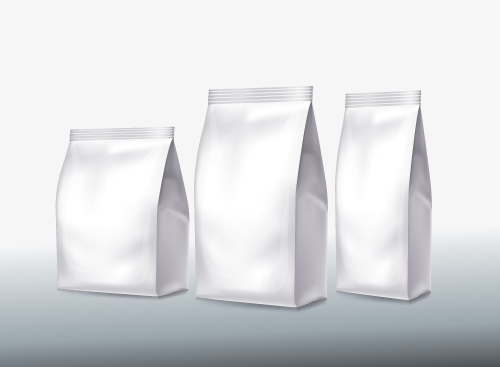 more human food manufacturers and co-packagers began to embrace flexible pet food packaging, pet food manufacturers were convinced to give it a try. They soon realized that flexible packaging's superior barrier materials reduce oxidation, helping to extend shelf life dramatically and preserve those flavors our animal friends love.
more human food manufacturers and co-packagers began to embrace flexible pet food packaging, pet food manufacturers were convinced to give it a try. They soon realized that flexible packaging's superior barrier materials reduce oxidation, helping to extend shelf life dramatically and preserve those flavors our animal friends love.
With trends toward organic and "clean" pet food; manufacturers, co-packagers, and processors have decisions to make regarding their pet food packaging. Are your pet products preservative-free? Flexible packaging provides a superior barrier to ensure shelf life and freshness. Are you looking to tap into the millennial market, who are willing to pay a premium for convenience? Compact, portable flexible pouches with zipper reclosures allow them to grab-and-go with their pet in tow.
Couple flexible packaging materials with pet food packaging equipment like the Rotary Premade Pouch Machine and the flexible VFFS M400, and you have a recipe for success. Flexible pet food packaging machines can not only make your packaging more alluring to today's discerning pet parents but can result in less product spoilage and more production efficiency for you. Either way, it ends with dollars in your pocket.



